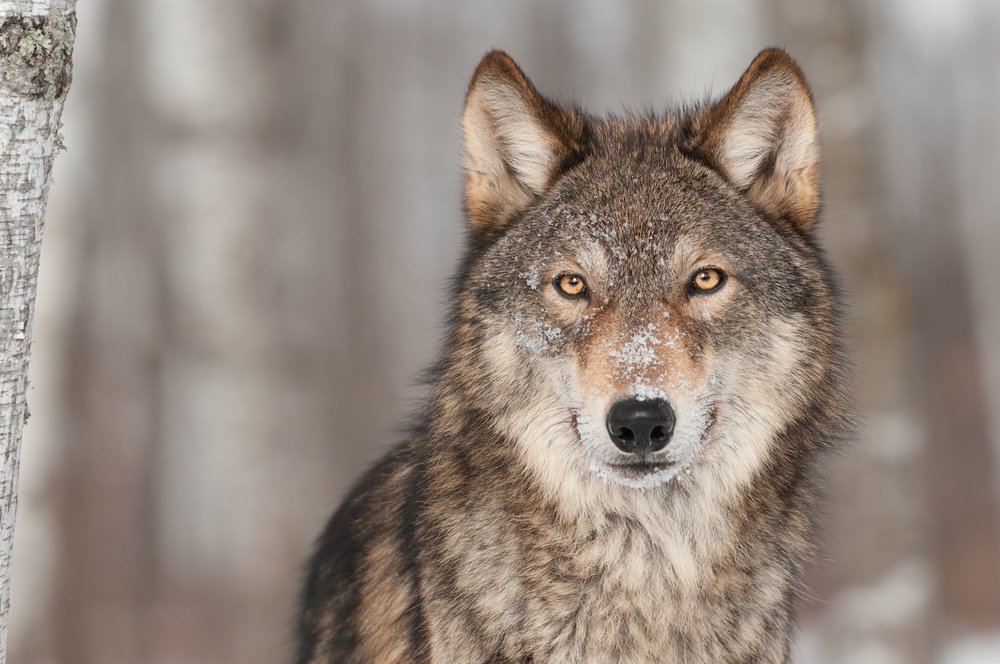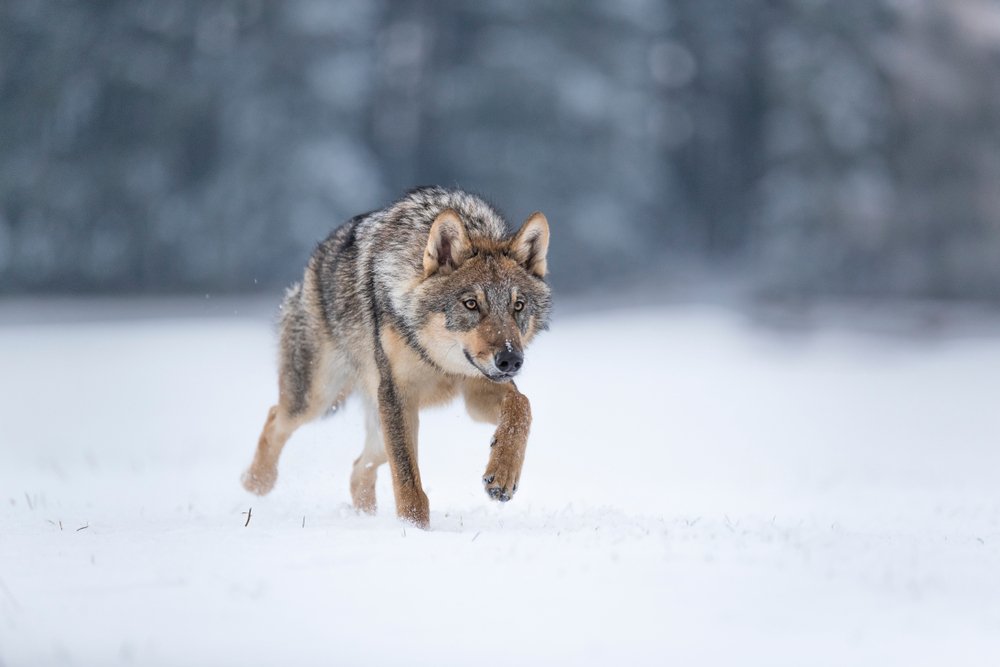Have you ever wondered How Many Timber Wolves Are Left In World? There is an estimated population of more than 200000 present in the world. In the vast wilderness, where the echoes of their howls once resounded, a haunting silence now prevails. The timber wolves, majestic creatures of the wild, are teetering on the brink of extinction.
As humans continue to encroach upon their habitats and disrupt delicate ecosystems, we must address the endangered status of timber wolves and take immediate action to protect them.
Table of Contents
Physical Appearance and Behavior
Timber wolves, also known as gray wolves, are renowned for their enchanting physical features. With their lustrous coats ranging from shades of gray to brown, they blend seamlessly into their surroundings. They possess sharp hearing, acute vision, and a powerful sense of smell, making them formidable predators.
Additionally, timber wolves are highly social animals, living in close-knit family units called packs. Their complex communication system and coordinated hunting strategies further demonstrate their remarkable intelligence and adaptability.

Ecology and Habitat
Timber wolves play a vital role in maintaining the ecological balance of their habitats. As apex predators, they regulate prey populations, preventing overconsumption of vegetation and the spread of disease.
By controlling herbivore numbers, timber wolves indirectly promote the growth of diverse plant species, ensuring a healthy and thriving ecosystem.
Unfortunately, widespread habitat loss due to human activities has severely impacted their ability to find suitable territories, pushing them further towards the edge of survival.
Geography Of Timber Wolves
According to the IUCN Red List of Threatened Species, timber wolves have the distinction of being the animal species with the single most significant geographic spread in history. That is no longer the case, since wolves are extinct in many regions of western Europe and North America.
These are still exist in peaceful areas of Canada, Alaska, Asia, and Europe, despite the fact that they are no longer found in significant portions of their old territory.
The Timber Wolf Range includes China, Germany, Romania, Greenland, France, and Armenia, among other countries. Only a few states in the union—Michigan, Wisconsin, Montana, and Alaska—are home to timber wolves.
How Many Timber Wolves Are Left In World? Causes of Declining Population

The decline of timber wolf populations can be attributed to a range of factors. Human activities, including hunting and trapping, have had a devastating impact on their numbers.
Additionally, habitat fragmentation and destruction due to urbanization, deforestation, and agricultural expansion have limited their access to food and safe breeding grounds. Climate change has further exacerbated the situation by altering prey availability and disrupting vital migratory patterns.
Conservation Efforts

Efforts to protect and conserve timber wolves have gained momentum over the years. Numerous organizations and governmental bodies have implemented conservation initiatives aimed at preserving their habitats, reintroducing captive-bred individuals into the wild, and raising public awareness about their plight. Legislative measures have been put in place to regulate hunting and provide legal protection for these magnificent creatures.
Impact on Ecosystems
Timber wolves hold a crucial position as keystone species within their ecosystems. Their presence has a cascading effect on other species, promoting biodiversity and maintaining a healthy balance within the food chain.
The decline of timber wolves can disrupt entire ecosystems, leading to imbalances in prey populations, changes in plant communities, and reduced overall resilience to environmental changes.
Protecting timber wolves is not just about saving one species; it is about preserving the intricate web of life that relies on their presence.

How We Can Help
Preserving timber wolves requires collective effort, and every individual action counts. Here are a few ways we can contribute to their conservation:
Conclusion
The fate of timber wolves hangs in the balance, and their survival is intricately tied to the health and resilience of our ecosystems. By addressing the causes of their declining population and taking concrete steps towards their conservation, we can ensure that future generations will continue to marvel at their grace and power.
Let us join hands in the noble endeavor to protect these magnificent creatures and secure a future where the haunting melody of their howls remains an enduring part of our natural heritage.
Also Read: Do wolves eat penguins?





